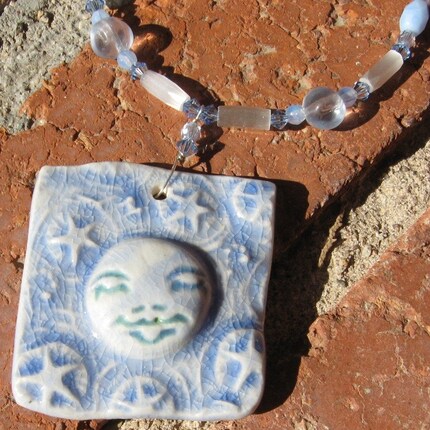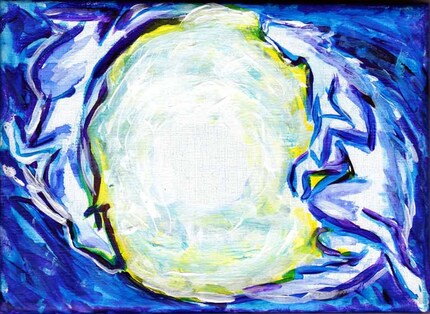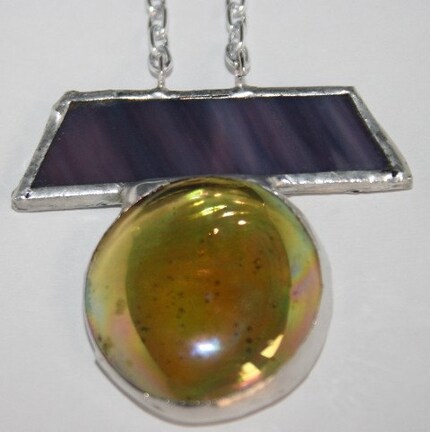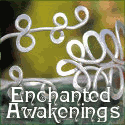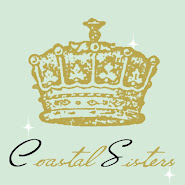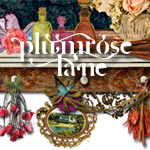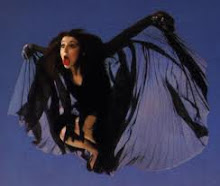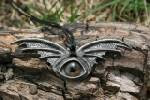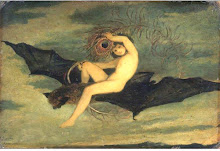The Wolf Moon moniker is obvious; with chilling intensity the pack howls outside the walls of skin, of wood, of stone in the long cold nights, perhaps ever louder as the Moon waxes.
But what of the epithet of Old Moon? In my wanderings I couldn't find any reasons why the first moon of the calendar should be nicknamed so. Certainly the Moon IS old, like 4.6 billion years old. But the peoples who made the designation most likely didn't base their decision on a such a concept.
What did ring true for me has to do with Earthshine. Reflected sunlight illuminates the Moon's night side so that along with the full bright of the crescent, a pale glow of the remaining surface is visible. This phenomenon (thank you Mr. DaVinci for pointing it out) has come to be called the old Moon in the new Moon's arms. And indeed, it is as if the crescent is a cradling arm in the darkness.
So was Ella Wheeler Wilcox, an American Victorian poet, inspired by Earthshine in her poem "The Old Moon in the New Moon's Arms":
The beautiful and slender young New Moon,
In trailing robes of pink and palest blue,
Swept close to Venus, and breathed low: 'A boon,
A precious boon, I ask, dear friend, of you.'
'O queen of light and beauty, you have known
The pangs of love - its passions and alarms;
Then grant me this one favour, let my own -
My lost Old Moon be once more in my arms.'
Swift thro' the vapours and the golden mist -
The Full Moon's shadowy shape shone on the night,
The New Moon reached out clasping arms and kissed
Her phantom lover in the whole world's sight.
AND so, gartered and girded with my musings, may you be presented with a few of the creative offerings from the FAE team.

